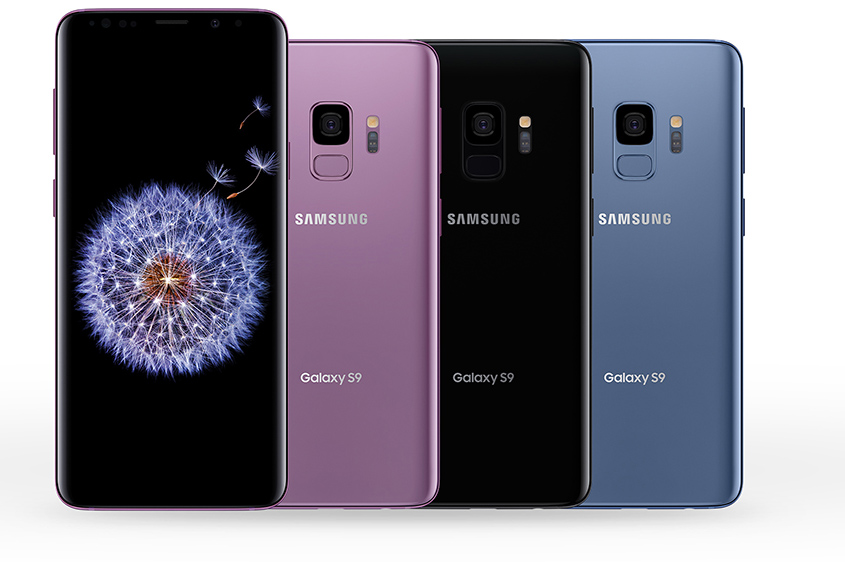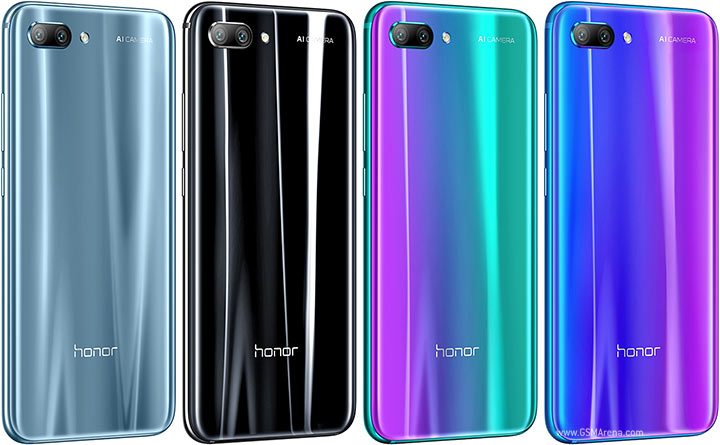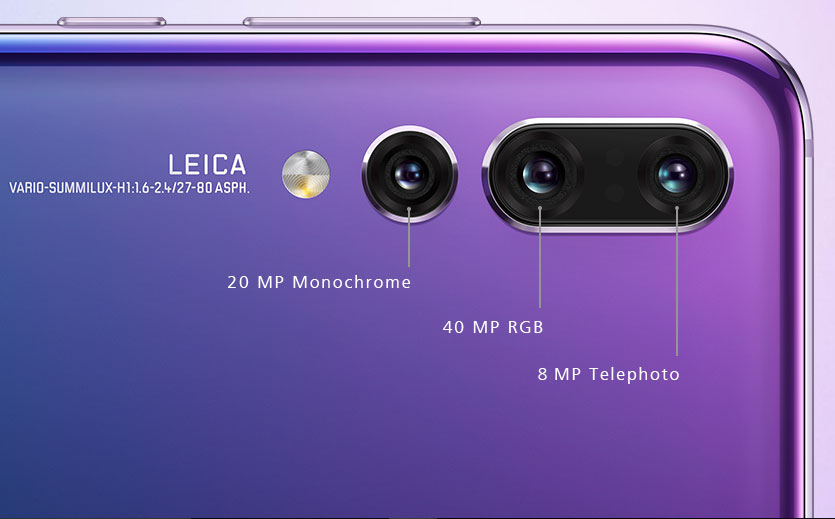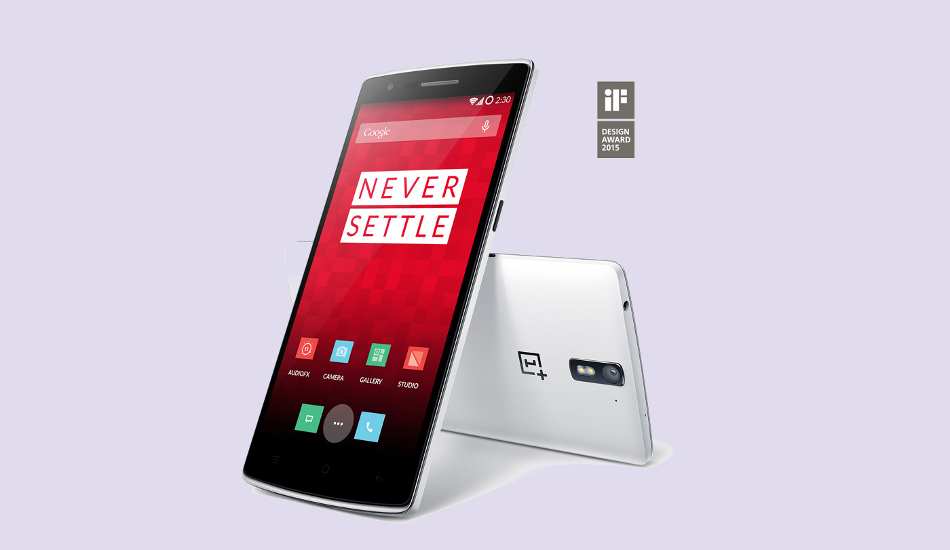It’s finally official. The OnePlus 6 is here and with all the hype that the company has now become a master at. The ‘flagship killer’ brand looks to challenge the premium phones in the industry with its eighth smartphone. This time, the OnePlus 6 joins a list of Android devices that now employs a notch at the top and also implements a glass sandwich design. Not only that, OnePlus has created quite the hype about its camera, slow-mo features, and navigation gestures.
We believe that OnePlus, which ever since its launch in 2014 has managed to surprise with its innovations, was always going to find it a tough road, the further it went. From buying by invitation, the Cyanogen Mod OS, to the Oxygen OS, the amazing pricing, the luxe finish, the phone won over a legion of admirers and quickly rose to be a top dog in the market.
But with the OnePlus 6, the company is showing signs of some fatigue, even as it strives to keep pushing the price up. How different is it from its predecessor – OnePlus 5T? Has the Chinese manufacturer brought anything new to the plate with an all-glass panel or did it decide to do so for the sake of it? Though that display and design are definitely eye-pleasing and give the phone a distinct look in an army of me too’s,the big question is will that be enough? Or do the other extras impress? It matters because even though it remains priced way below Samsung’s S9 for instance, it continues to benchmark itself with those phones, for instance. Not with actual competitors like the Honor 10 which is actually a closer match on features, at a lower price. Let’s find out.
Display, an innovation?
First up, the display. For a moment, let’s forget about the notch, shall we? The OnePlus 6 comes with a 6.28-inch Optic AMOLED elongated screen with an aspect ratio of 19:9 and a resolution of 1080 x 2280 pixels. Yes, a Full HD+ screen when flagships like the Galaxy S9 Plus offers you a much better Quad HD+ display at a resolution of 1440 x 2960 pixels. With an equally sized display on the front, the Samsung device offers a better 529 ppi Pixel density to the OnePlus 6’s 402 ppi.

Moving on to more noticeable changes – the notch. Another device that now features the dreaded/ or (must have) notch is the OnePlus 6. The form factor and size of the whole device is almost the same as that of the OnePlus 5T. While the notch at the top and a thinner bottom chin do contribute to a higher 83.8 percent screen-to-body ratio, does a mere 3.8 percent increase in screen throughput qualify as innovation when brands like Lenovo are working on a truly all-screen smartphone? We don’t think so. Heck, the Samsung Galaxy S9 offers a more vivid 84.2 percent screen.
The OnePlus 6 not only gives its users the notch to look at but offers means to play with it, customize it or even keep it blackened like a bezel. I mean, what exactly are you selling here, OnePlus? Do you want the notch or not? Get your head straight.
Design: What has changed?
The smartphone features aside, OnePlus 6 like other premium smartphones in the market boasts of a complete glass back with metal on all sides. Though the Gorilla Glass 5 back is nice to look at, the back panel isn’t as pleasing to the eye as the Honor P20 or the Honor 10, the latter which just launched a couple days ago.
The Honor 10 made its name as the first of its kind to sport a colour changing glass body at the back which threw a different shade at a given angle. The OnePlus 6 might have taken the glass back approach but it doesn’t provide anything out of the ordinary, not even the elegant colours in which Samsung sells the Galaxy S9. To add to the injury, Honor 10 is also available in a more classic and glossy black and silver finish which brings up another question? Will the OnePlus 6 fade away in Honor 10’s shadow?

Appearance aside, for OnePlus 6 to implement a glass sandwich design, you’ll expect it to make use of wireless charging. Well, surprise surprise. There’s no wireless charging on the OP6. Now, let’s be clear, wireless charging is nowhere close to how Fast charging has evolved in the recent years. You can charge your phone effortlessly for quick charging and even a few minutes of charging will get you hours of usage on battery. But truth be told, wireless charging even in its infancy is a handy little feature at the end of the day. Why would you not want to dock your smartphone onto a charging pad before you go to sleep without wanting to look for the right port to plug into your device? It’s so convenient that way.
And yet, OnePlus 6 with its glass design doesn’t provide wireless charging. Now why would OnePlus opt for a glass back if wireless charging wasn’t even in question, you ask? From what we could think, OnePlus seems to have done so to make its device as premium as the iPhone X or the Galaxy S9/ Note 8 without adding the features that go with it. If that was the whole point of it, shouldn’t OnePlus have rather opted toward an aluminium back for more durability? Cause let’s face it. The Gorilla Glass 5 might prevent your phone from being scratched on the surface but it’s surely not designed to withstand a fall, is it?
OnePlus’ answer to this was that the glass design gave its users a “premium hand-feel and a sense of value” which is one way to hide the many features it lacks in. Another excuse from the company was that glass offered a better cellular reception and offers Gigabit LTE data speeds, which is a shame as most metallic phones have as much cell reception as a glass-clad device. Also, gigabit LTE has a long way to go as such technologies have only come into being in Hong Kong and Singapore and relying on a technology, that’s not even present at the moment, is not the right way to approach things.
One thing OnePlus looks to be confused about is the water resistance on the OnePlus 6. The company has touted the phone to be good for occasional splashes of water or a drop in the puddle but the device is not certified with any IP rating for its water resistance. So OnePlus wants you to be lucky when you drop your brand-new phone into the water.
On the inside:
The OnePlus 6 is powered by a Qualcomm Snapdragon 845 SoC, which is a generation ahead of its predecessor’s SND 835 chipset. Apart from a slightly improved processing power and graphics, the OnePlus 6 doesn’t differ much from the OnePlus 5T. Both phones are available at two RAM options to choose from with onboard storage of 64GB and 128GB each.
The OP6, however, also comes in a 256GB variant but with the influx of video and music streaming, does a user really want that much of storage? Even so, the latest OP handset doesn’t support a microSD card slot which at the age of dedicated SIM and SD card featuring devices, seems rather surprising.
The similarity between the two runs so deep that both phones equip a 3,300mAh power unit with the same exact Dash Charge technology which is relayed using a 5V 4A power brick. Normally, you’d expect the newer SND 845 Chipset to handle power more efficiently but it’s not like we’re comparing midrange chips with high-end processors.
Let’s talk camera:
When OnePlus 5 was launched, many pointed out that its camera setup resembled the one on the iPhone 7 Plus. The company followed suit when it released its OnePlus 5T with a similar setup but the fingerprint scanner moved to the back as well. Continuing the trend of ‘getting inspired’, the camera setup on the OnePlus 6 now gets a new look, if you had not seen the Galaxy S9 Plus till now of course.
Not only did the OP device copy the vertically placed camera trend off the iPhone X, it managed to do so by ripping off design ideas from Samsung’s 2018 flagship as well. Furthermore, the fingerprint scanner on the OnePlus 6 is also located below its camera and is smaller and rectangular in shape, just like a certain Samsung device: oh wait, again the Galaxy S9 Plus.
Comparing the device to its older sibling, we found out that the Sensors on the OnePlus 6 are precisely the same as that on the OnePlus 5T as both feature 16-megapixel and 20-megapixel lenses with a fixed Aperture of f/1.7 on both. Even the front-facing camera is the same, meaning the OnePlus 6 is just another case of a six-month cadence. The only difference comes in disguise of optical and electronic image stabilization which makes room for slow-motion video recording. Which is again, a rip-off of Samsung’s S9 Plus.
To be clear, even the OnePlus 5T offered slow-mo video recording but that was only possible in way lesser frame rates as compared to the 960 FPS shots on the OP6. Oneplus’ slow-mo promo comes just months after Samsung boosted abut the variable apertures in its camera. See? That’s a breakthrough. OnePlus might have taken inspiration from its Samsung counterpart, but it barely provided its device with the same optics.

Forget matching the level of imaging on the Huawei P20 Pro that came with the world’s first triple camera setup, the OnePlus 6 isn’t even equipped to compete with Huawei’s Honor 10. The Honor device at its release came with a dual rear camera setup of 16 megapixels (RBG) with LED flash and 24-megapixels (monochrome) with f/1.8 aperture, leaving the OP6 to bite the dust. To top it off, the P20 Pro and Honor 10, both come with AI-assisted photography features which detect the scene that’s being captured and enhances the effects to generate pictures with better saturation and crispness.
Getting down to numbers, the latest OnePlus 6 is estimated to score the same points as the OnePlus 5T on the DXOmark, which will be around 87, that’s 15 points lower than what Huawei P20 Pro generated.
Other disappointments in the OnePlus 6:
OnePlus 6 like its seven predecessors offers a stock-ish Android experience and it’ll rather be odd if the company started exploiting this as its selling point. At first glance, the Oxygen OS still looks the same and judging by the older beta versions, it was quite clear that OnePlus will soon make use of iPhone X like gestures for navigating through its app and home screens. That’s quite an impressive job, but remains an incremental improvement over what was a rip-off.
An unimproved camera, a brittle glass back that doesn’t offer wireless charging, a standard FHD+ display instead of one with a Quad HD resolution, a confused attempt at a notch and the same spec sheet and these are just the few things we could point to for the little time we’ve come to know about the OnePlus 6. Keeping all of that in mind, the latest OnePlus flagship killer is not quite an upgrade that the OnePlus 5T deserves.
All this brings us to the question – has #NeverSettle brand finally settled on being an okay device in the smartphone industry? Has the once ‘Flagship Killer’ compromised on giving its users what they need more than experimenting with newer features? All in all, we believe the OnePlus 6 delivers decent value, considering its distinct looks and the brand recognition it offers today. But it is certainly no more a close match to the flagship from Samsung or Apple, for that matter. The brand has the heft today to drive sales purely on reputation to an extent, but the underwhelming handset, along with the looming shadow of a possible OnePlus 6T in a few months will possibly give reason to pause to even its most die-hard supporters.


